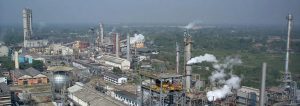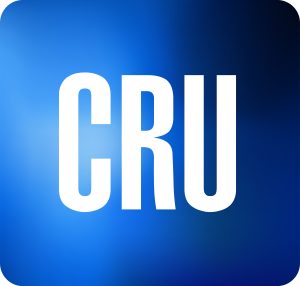
US nitrogen capacity
New carbon capture-based plants could see US nitrogen capacity jump over the next few years, but Trump attacks on IRA tax credits may scupper some ongoing projects.

New carbon capture-based plants could see US nitrogen capacity jump over the next few years, but Trump attacks on IRA tax credits may scupper some ongoing projects.

India’s push to replace its sizeable urea imports with home grown capacity continues, but may not keep pace with rising domestic demand.

In her Indian 2025-26 budget presentation on February 1st, finance minster Nirmala Sitharaman announced a $1.15 billion investment to build a new 1.27 million t/a ammonia-urea complex at Namrup in Assam province. The plant will be a brownfield development at the Brahmaputra Valley Fertiliser Corporation Ltd (BVFCL) site. Sitharaman said that it was part of the Indian government’s commitment to strengthening agricultural infrastructure and self-sufficiency in fertilizer production. The gas-based ammonia-urea plant is expected to start up in 2028-29 and will supply farmers in northeast and eastern India.

PT Pupuk Kujang, a subsidiary of state-owned fertilizer producer holding company PT Pupuk Indonesia, is conducting a trial production of green ammonia projected to replace coal in the power generation industry. In local press reports, Robert Sarjaka, Director of Operations and Production of Pupuk Kujang, said that the production of green ammonia is part of the company’s efforts to contribute to realizing the energy transition in Indonesia, namely making Pupuk Kujang the first company to produce green ammonia in the country. Pupuk Kujang receives green hydrogen from renewable power supplied by PLN Indonesia Power (PLN IP), part of state power utility PT PLN. In the first trial phase, Pupuk Kujang will process 1 t/d of green hydrogen into 5 t/d of green ammonia.

BHP has awarded a significant engineering, procurement, and construction management (EPCM) contract to a joint venture between Fluor Australia Pty Ltd and Hatch Pty Ltd. The A$40 million contract is for the first phase of the proposed expansion of BHP's copper smelter and refinery facilities in South Australia, as the company moves towards a final investment decision on the smelter and refinery expansion, currently anticipated in the first half of FY27. The initial stage focuses on strategic planning and development during the project's study phases. Subsequent stages will cover detailed engineering, procurement, and construction management as the project advances.

Nickel Asia Corp. (NAC) says that it has completed the sale of its 15.6% stake in Coral Bay Nickel Corp. to its Japanese partner Sumitomo Metal Mining. Nickel Asia says that the sale has been due to “unfavourable market conditions” for the high pressure acid leach (HPAL) nickel processing plant. Although Coral Bay is regarded as one of the most efficient HPAL units in the world, nickel prices have been extremely volatile over the past few years and stood a 4-year lows in January at around 15,000/t, their lowest level since September 2020. Nickel Asia still owns a 10% stake in the Taganito HPAL Nickel Corp.

TotalEnergies and its partners Basra Oil Company and QatarEnergy have begun construction works at ArtawiGas25, a processing facility for the associated gas from the Ratawi field, located in the Basra region. The facility, part of the Gas Growth Integrated Project (GGIP), represents an investment of around $250 million and will process 50 million scf/d of gas which would previously have been flared. The gas will supply local power plants, covering the demand of approximately 200,000 households in the Basra region. The GGIP project is a $10 billion project designed to enhance the development of Iraq’s natural resources and improve the country’s electricity supply. It includes a large-scale gas processing plant, with a first phase of 300 million scf/d that will recover gas being flared on three oil fields and supply gas to 1.5 GW of power generation capacity.

Rapidly increasing lithium production is projected to require several million t/a of sulphuric acid in the next few years, with China, the USA and Australia the main consumers.

NextChem (Maire) is awarded a three-year engineering and technology services contract by Satorp in Saudi Arabia to improve energy efficiency and carbon footprint

10th February, 2025 – sessions as reported by Richard Hands from Barcelona CRU’s 38th Nitrogen+Syngas 2025 Expoconference has begun in Barcelona with three strands covering business development, technical innovations and practical operator training, the latter comprising case studies for analysing hazards associated with green ammonia production. Heading up the business development session, Marti Leppälä, Secretary […]